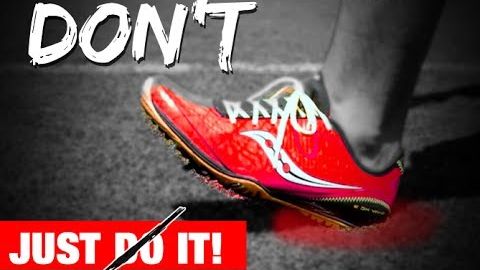走り方(より安全に、より速く、より痛くない!)。 (How to Run (SAFER, FASTER, WITHOUT PAIN!))
吴德晟 が 2021 年 01 月 14 日 に投稿  この条件に一致する単語はありません
この条件に一致する単語はありません- n. (c./u.)論点;斑点;要点;特徴;ポイント;時点;場所;要点;得点;先端;点 (小数点);縫い目
- v.i.(ある方向を)向く
- v.t.指し示す
- v.t./i.示す
- v.t.挽く;研いだ;軋む;外出禁止にする;(飛行機を)離陸させない;挽いた;基づく;訓練する
- v.i.ギシギシさせた;地面に当たる : 底に達する;(船が)座礁する
- n. (c./u.)接地;競技場;地面;敷地;理由;コーヒー粉
- v.t./i.もたれる;~しがちである;傾く;頼る
- adj.脂肪分が少ない;無駄がない : 効率的な;やせた : 細い
- n. (u.)赤身
- n. (u.)国土 : 国;地上 : 地面
- v.t./i.上陸する : 上陸させる;手に入れる : 得る;連れて行く
- v.i.着陸する
エネルギーを使用
すべての単語を解除
発音・解説・フィルター機能を解除

